How Fish Sense You: The Power of the Lateral Line
- By: Tony Acevedo
- on
- Found In: Fishing Tips, Inshore Fishing, Weekly Newsletter: 02-02-25

Have you ever felt like the fish you’re targeting know you’re there before you even make a cast? It’s not just in your head—it’s science. Fish have a unique sensory system called the lateral line, and it’s their ultimate superpower.
In my latest video, I break it all down:
- How the lateral line works.
- Why it’s so important for fish survival.
- What you might be doing that’s unintentionally scaring fish away.
Want to start catching more fish by understanding how they think and sense the world around them? Watch the full video above!
Let me know what you think in the comments, and if you have questions, I’m here to help!
Tight Lines!
Tony
Related categories:
STOP WASTING TIME ON THE WATER!
Do what the “SMART ANGLERS” are doing and join the Insider Club.
Here’s what you’ll receive today when you join:
- Weekly fishing reports and TRENDS revealing exactly where you should fish every trip
- Weekly “spot dissection” videos that walk you through all the best spots in your area
- Exclusive fishing tips from the PROS you can’t find anywhere else
- Everything you need to start catching fish more consistently (regardless if you fish out of a boat, kayak, or land).




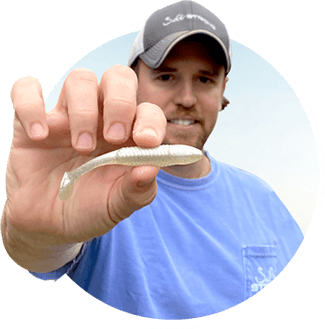
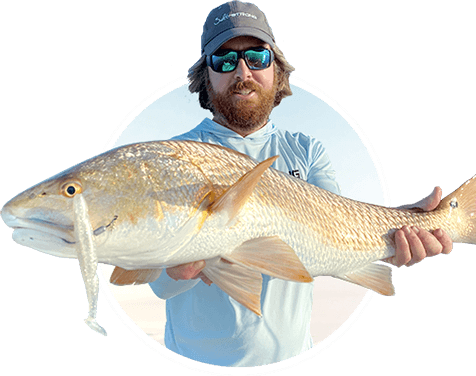
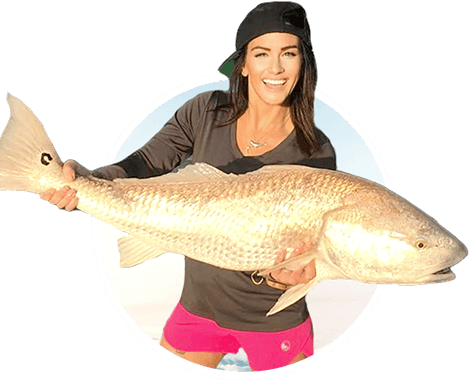
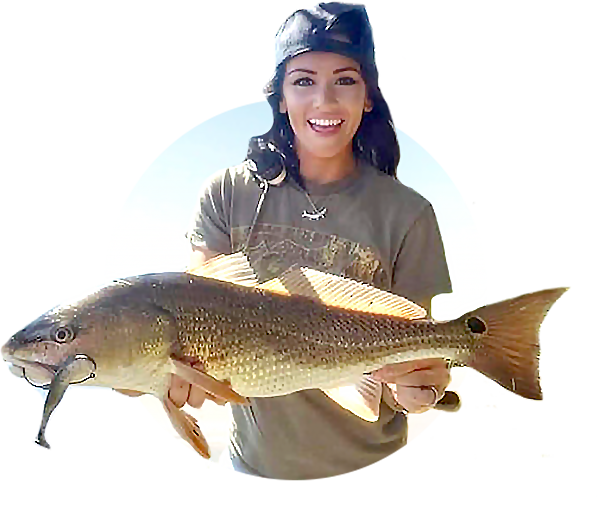
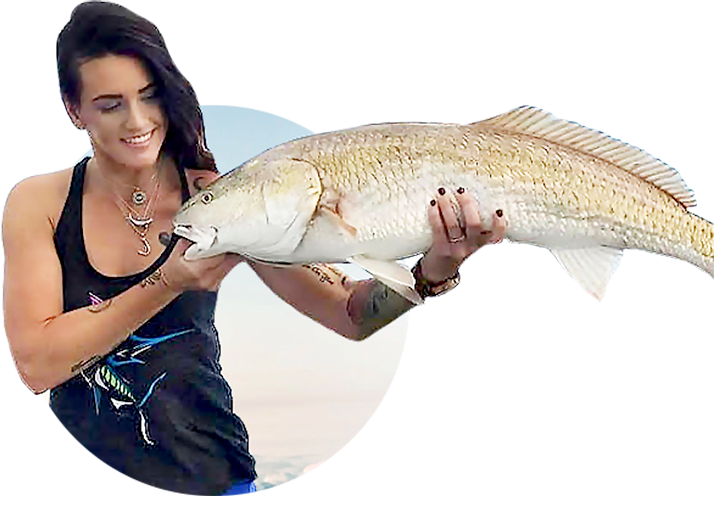

Thanks Tony great information
You’re welcome Ted!
Great stuff Tony! I get into the science!
Thanks Scott!
Since snook have adapted to murky conditions, are reds, trout, striped bass, sheepshead and flounder as sensitive? How far would you cast past them not to spook them?
I treat them all the same because other variables in the environment will impact what they can feel. Water depth, wind, current, etc. If the water is calm and still, fish are a lot more sensitive to changes. When casting to as fish, the calmer it is the further you want to be from them.
great info. Did you bow to that snook, like a tarpon, when he jumped? Should that technique be used for fish other than tarpon?
Thanks Tony! Not sure if I did or not, but it is usually best to do so. When a fish jumps and thrashes around it puts a lot of pressure on the line, but you also don’t want to go completely slack where they can shake the hook off.
Excellent topic…I never knew! Thanks!
You’re welcome Mike!